
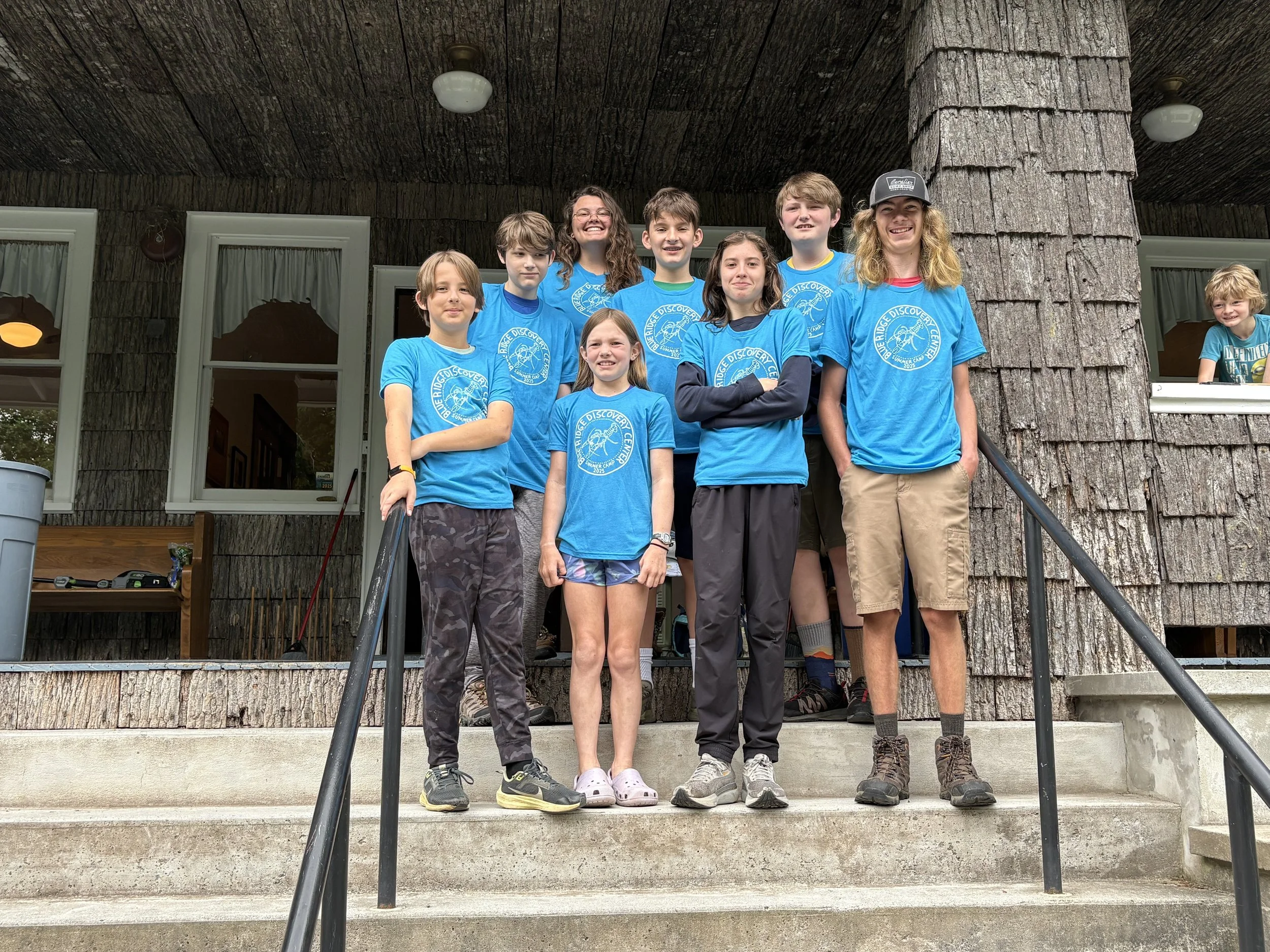
Summer Programs at BRDC
We’ve been busy bees this summer, between seven summer camps and the summer rally and Virginia Tech Wildlife Field Techniques course on campus this week!

Nature Day Camp, Session 3
With this last session of Nature Day camp, BRDC’s summer season has come to an end! Once we get started, it’s crazy how quickly time passes.
Wilderness Expedition 2024
Our last overnight camp of the 2024 summer season. How the time flies by! We had a great group of campers, better weather than we expected, and some amazing views! And we hiked almost 30 miles!
New River Expedition 2024
Last Wednesday, 12 campers and 4 naturalist educators headed out on a 29.5 mile journey down the New River…. and what a trip it was!
Fifteen Fun Native Fish Facts!
Summer Fly Fishing Camp is back! Join us August 6-10 for a week of tying, casting, and catching! To celebrate the return of this beloved BRDC camp, here’s fifteen fun fish facts.
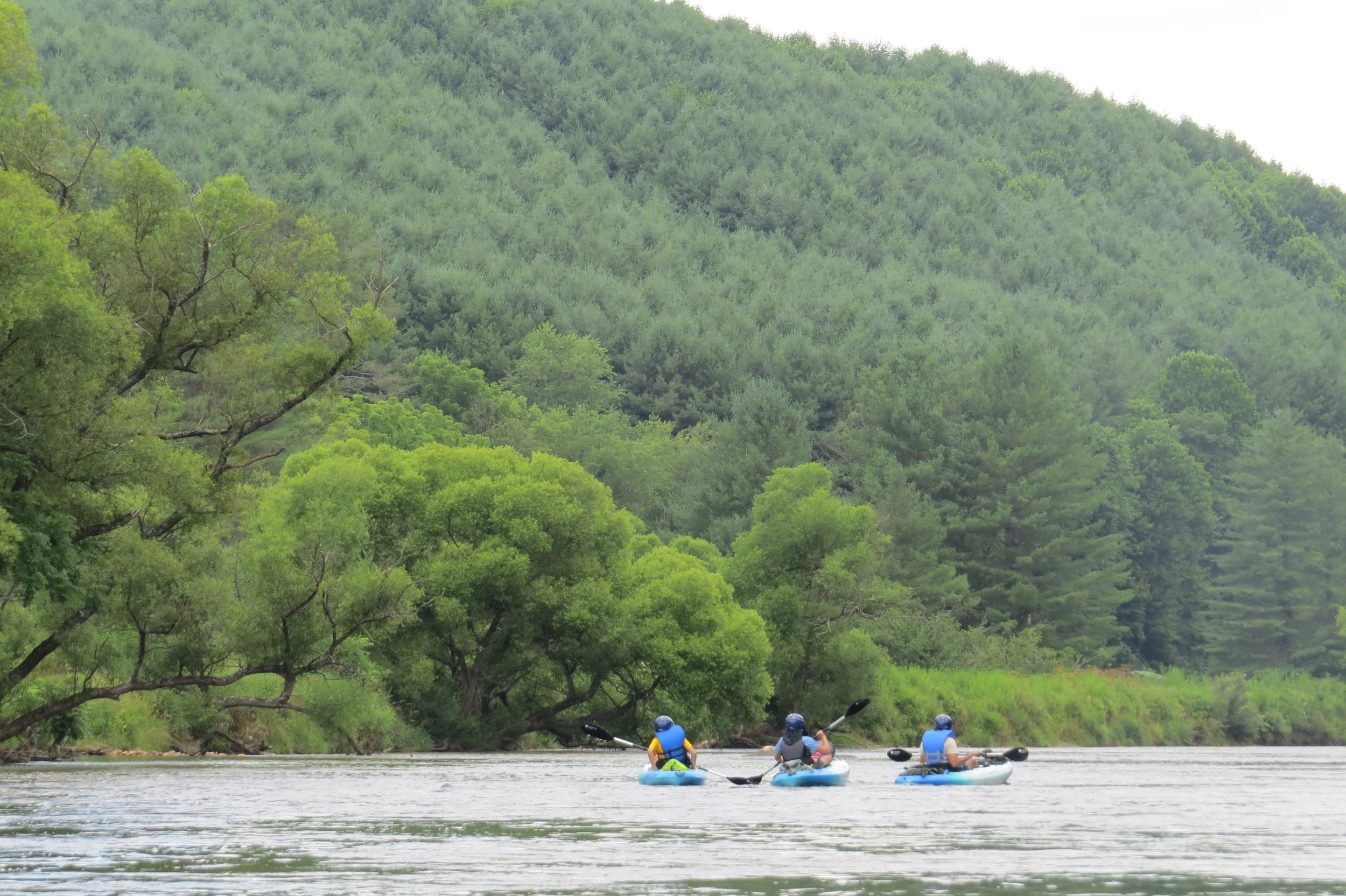
New River Expedition-Take 2
Last week, more campers joined our guides on one more four-day, 30-mile kayaking trip down the New River.
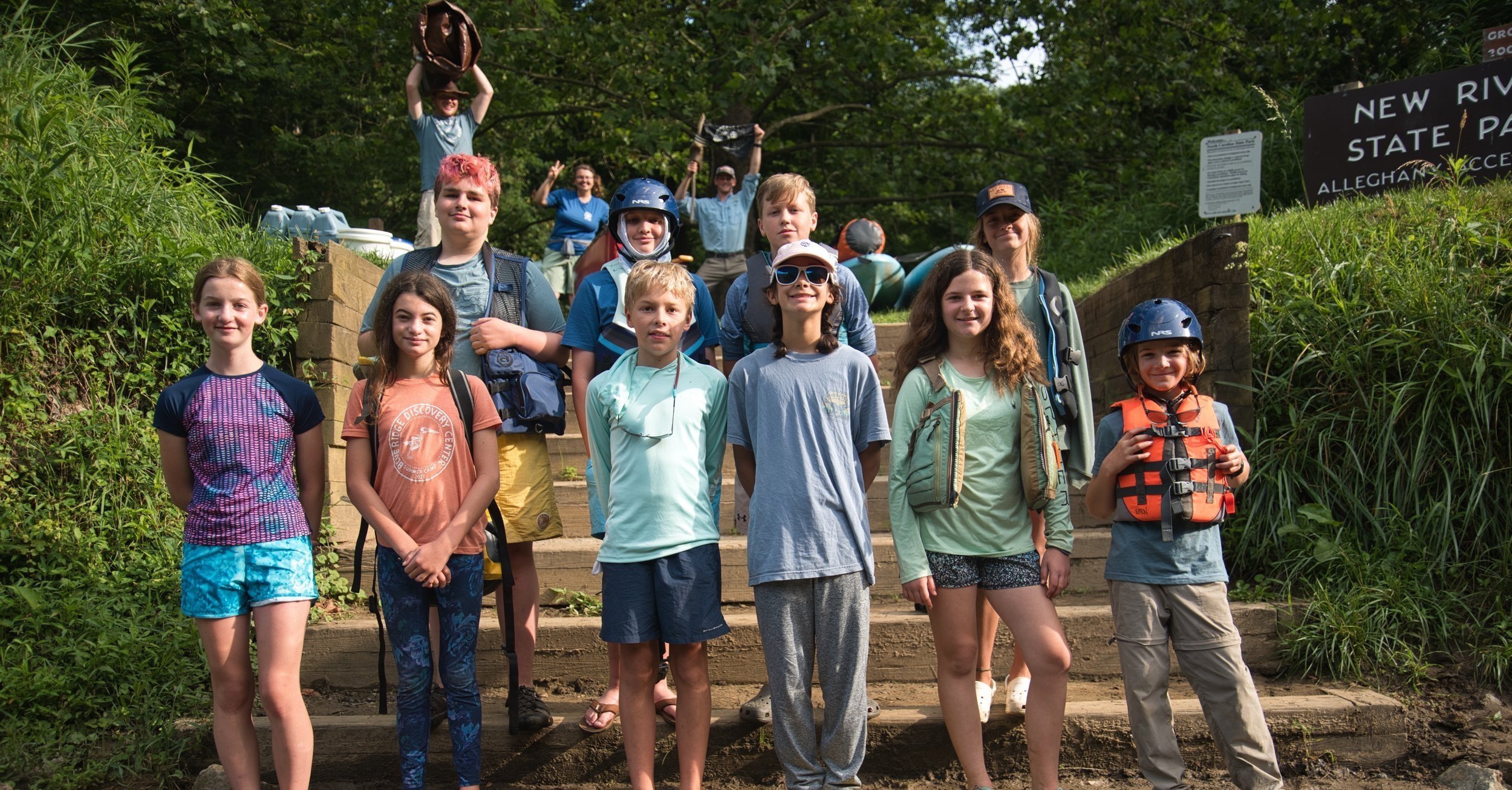
New River Expedition Recap
The first New River Expedition of 2023 is already over! Check out our recap of the trip!

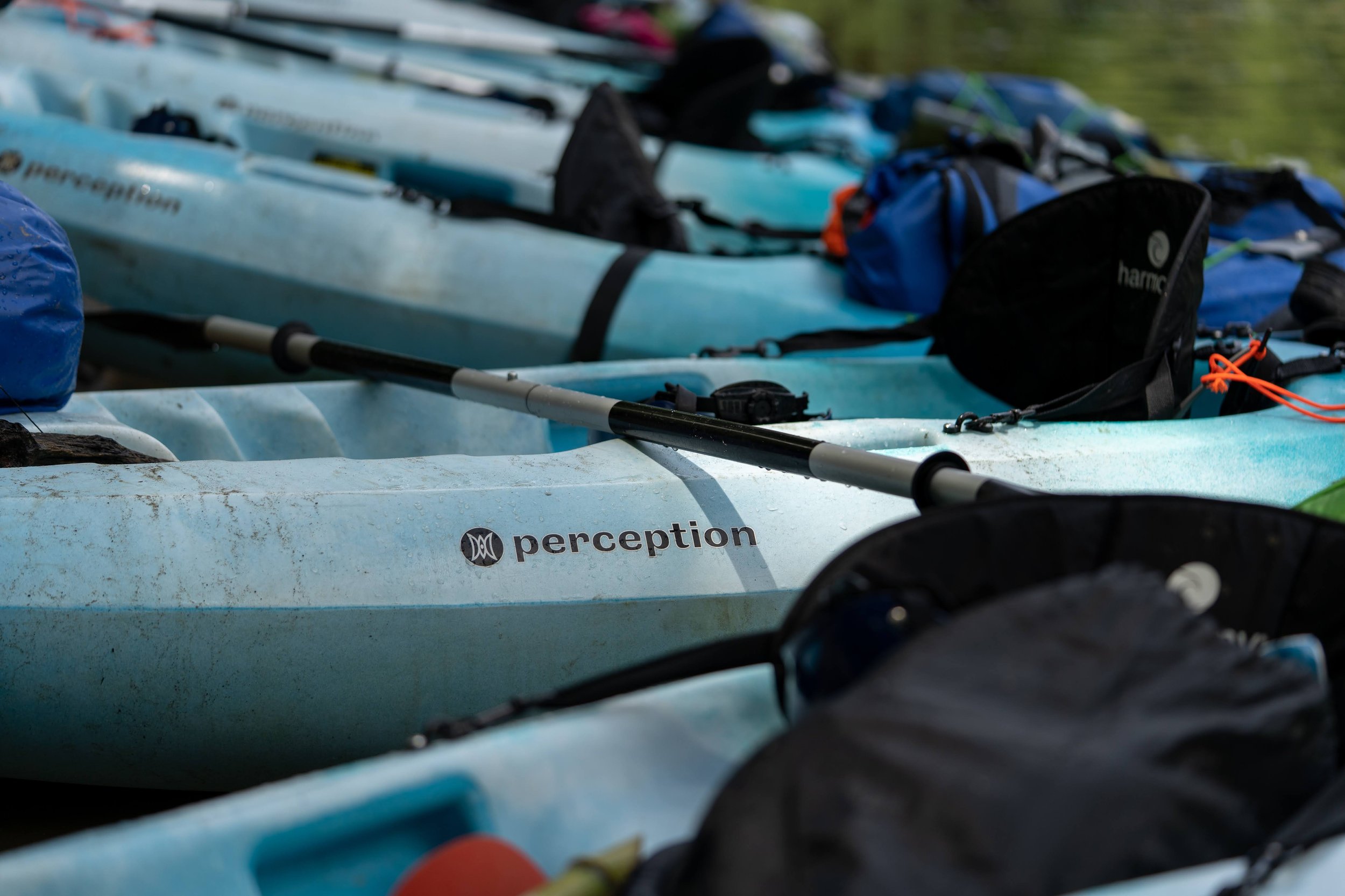
2023 BRDC Summer Camps
Sign your young nature-lover up for one of our overnight summer camps!
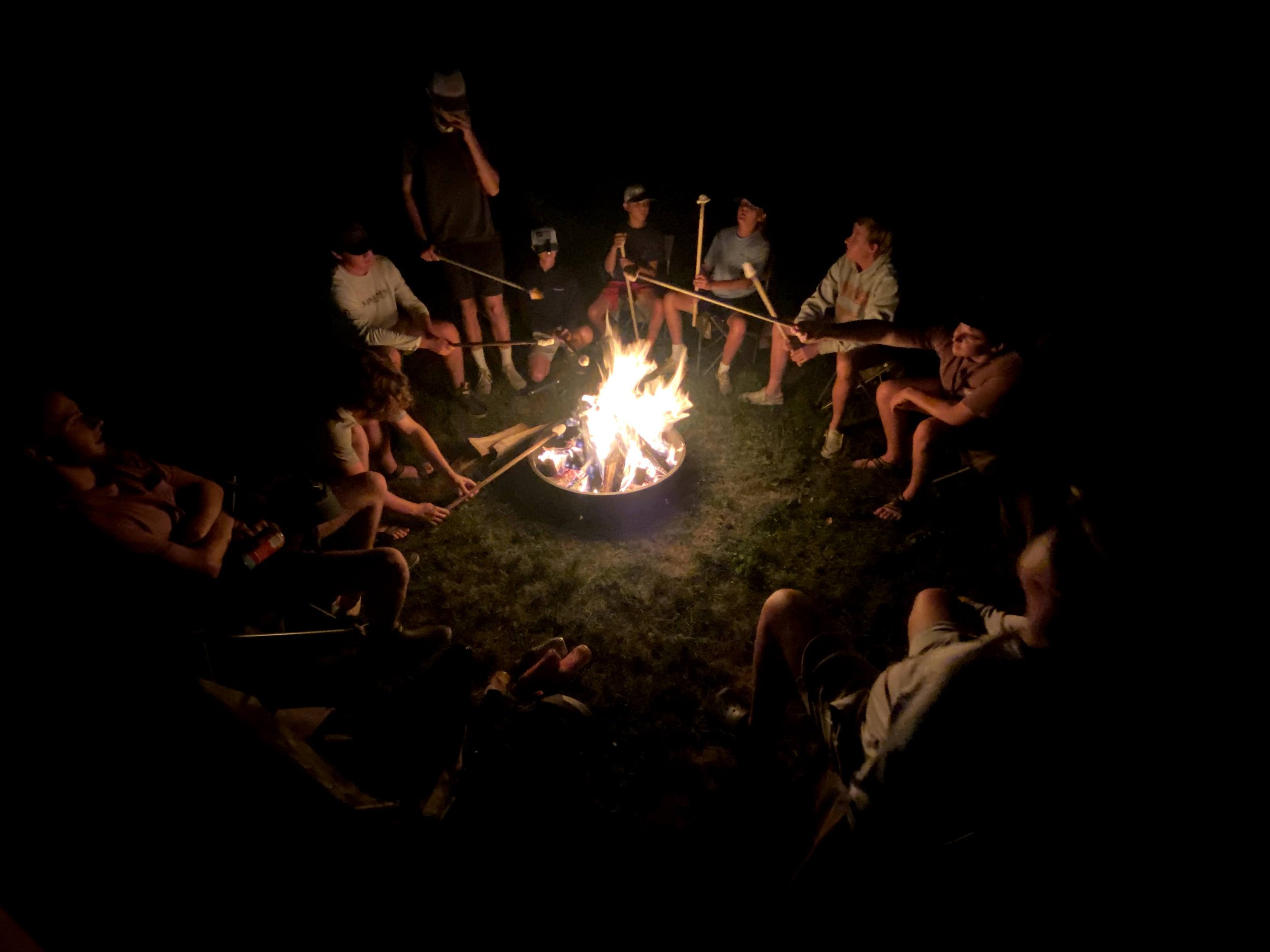
2022 Summer Camp Registrations Are OPEN!
Registrations are now open for 2022 Summer Camps.
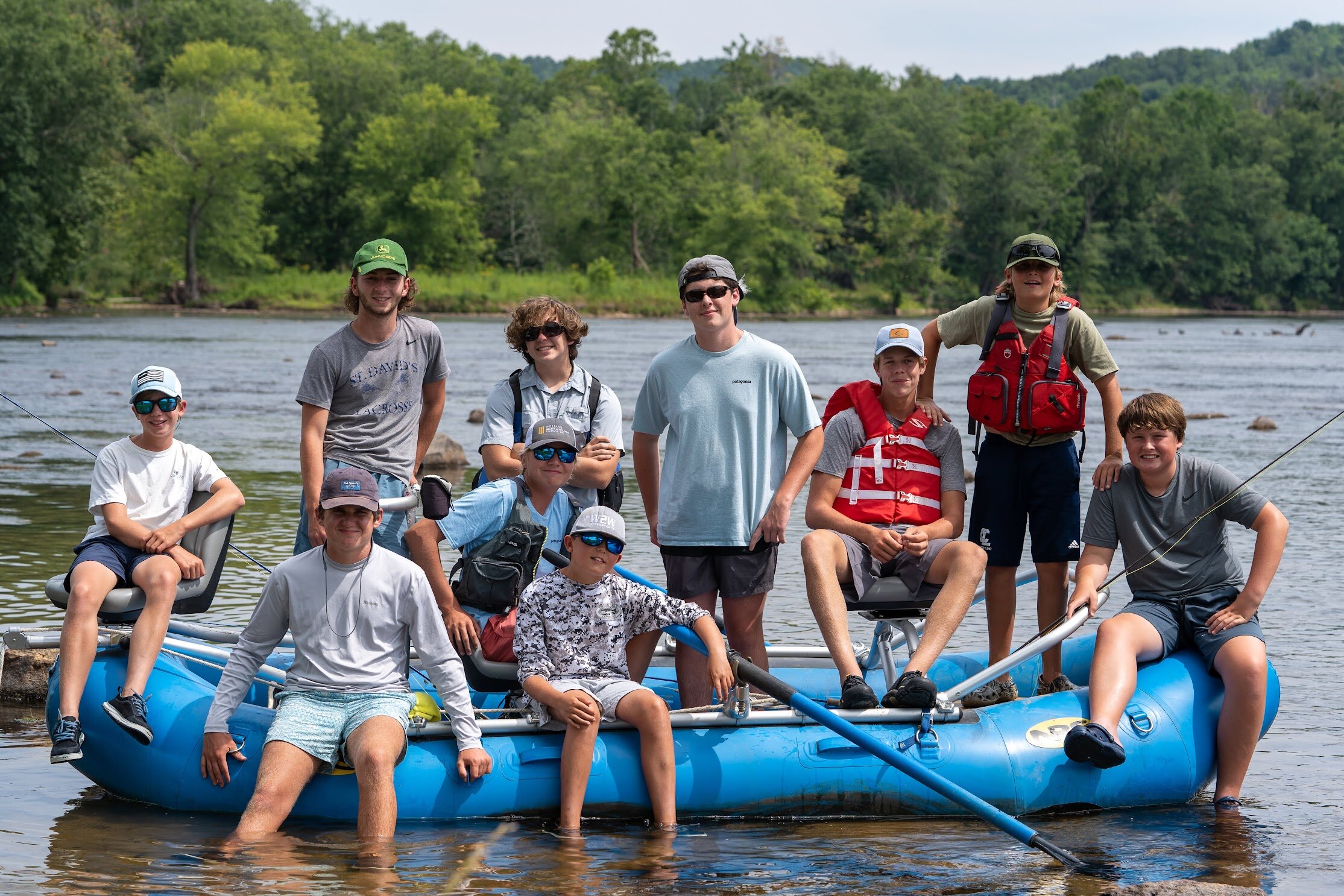
Summer Camp Wrap-Up
As summer 2021 closes in, so do BRDC’s summer camps. The camps may have only lasted 4-5 days, but the camaraderie and memories will last a lifetime. Each camp brought unique experiences and challenges, as well as new skills and admiration of the Blue Ridge.
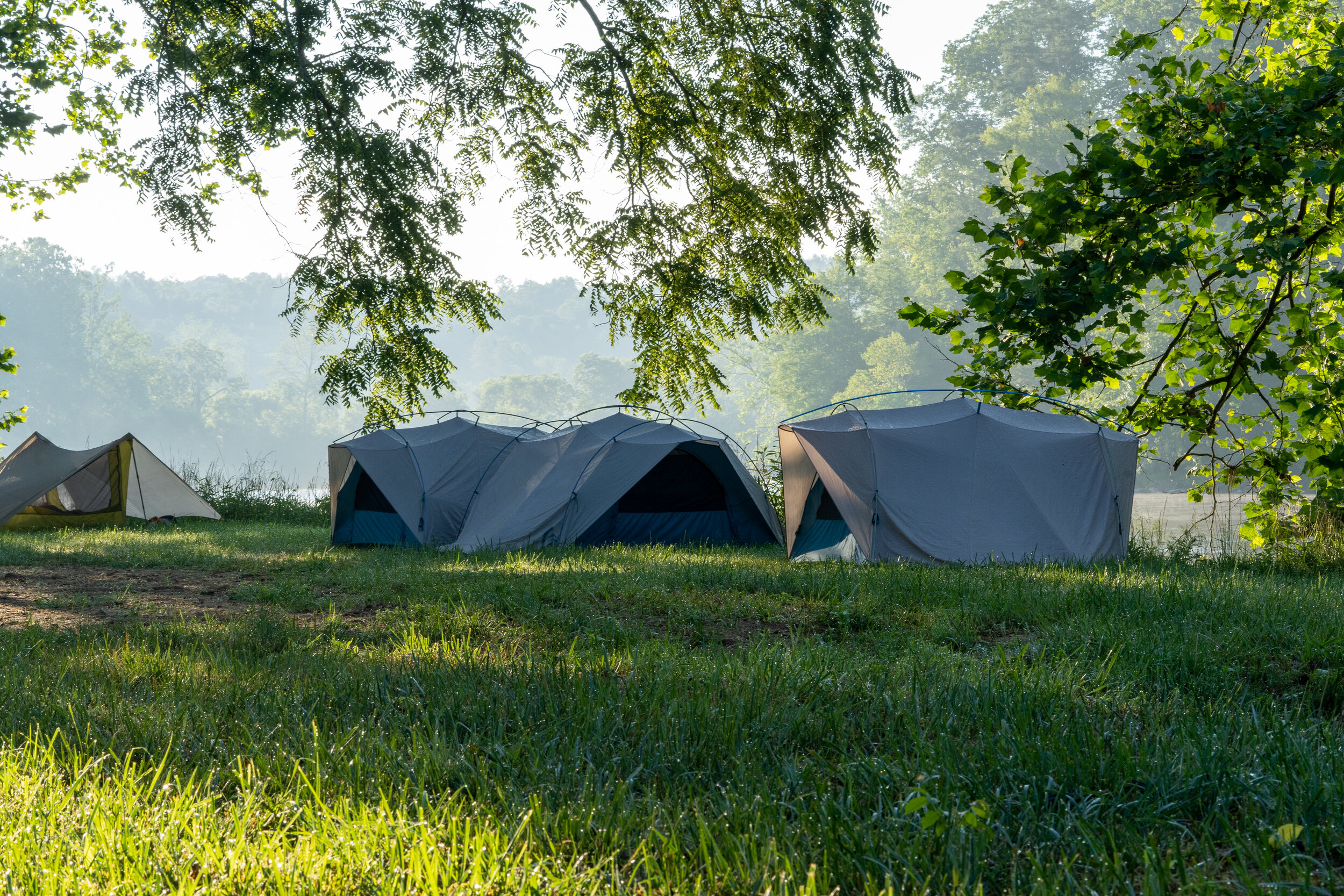
2021 Summer Camp Registrations Now Open!
Registrations for the 2021 Summer Camps & Overnight Adventures are now open. Read on to learn more about next year’s lineup for youth ages 6-17!

Kicking Off a Summer of Discovery
From festival to forest to field, there is much to discover across the Blue Ridge during the summer. Check out what we have been up to with our friends!
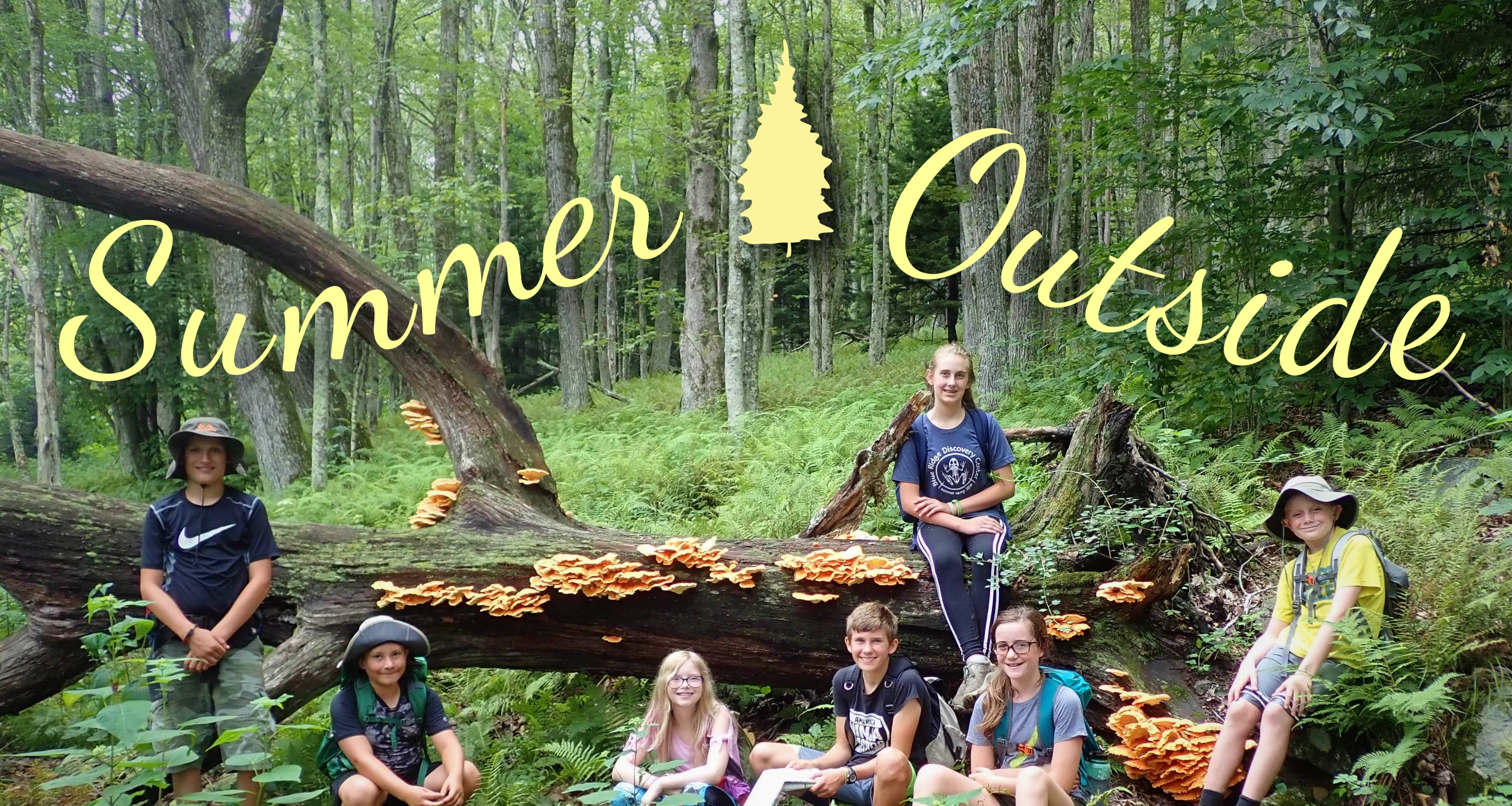
2019 Summer Outside Initiative
Looking ahead to 2019, Blue Ridge Discovery Center will be launching its Summer Outside Initiative in an effort to connect even more youth to the wonders of the Blue Ridge for an exciting and memorable summer! With technology having such a strong presence in the daily lives of youth in the 21st Century, there has never been a more important time to get outdoors and reconnect with the myriad of benefits provided by this magnificent, natural resource.
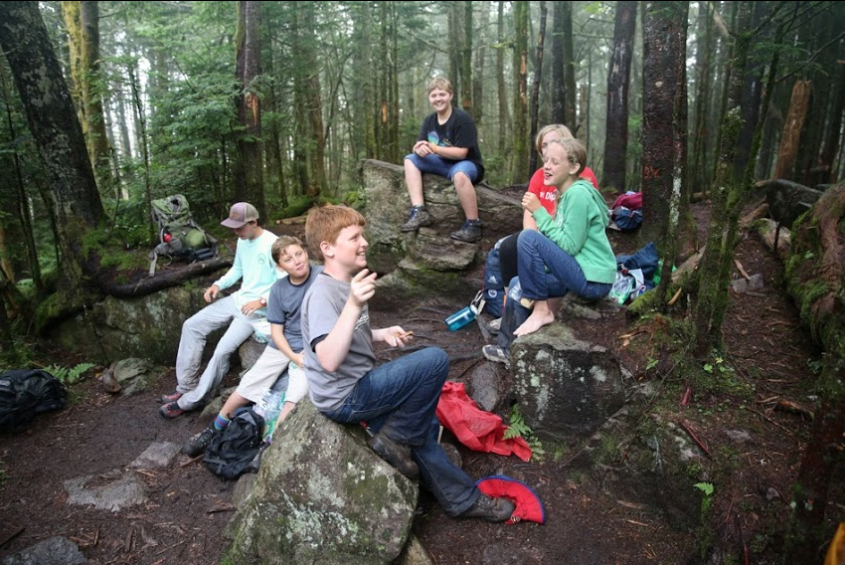
Announcing 6 Camp Scholarships in partnership with Friends of Mount Rogers!
BRDC is seeking applicants for six full scholarships ($795 value) to our Discovery Camp, July 31 - August 5, Ages 9-12 or 13-15. Location: Base Camp, Troutdale, VA

Wilderness Backpacking Camp June 27-July 1
One of the most rewarding opportunities of the summer is discovering more of the Blue Ridge in the company of exceptional guides on this multi-day backpacking expedition. On the trail, you’ll observe and document the wildlife we encounter along the way, including unique birds, trees, plants, insects, mushrooms, salamanders, and many others.
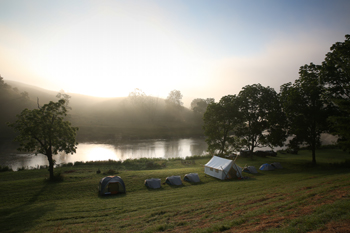
Now Hiring Summer Camp Interns!
Enjoy spending time outdoors? Love to hike, camp, and fish? Have experience working with kids?Utilize your skills & take advantage of all that the Blue Ridge Mountains have to offer! BRDC is seeking interns for the 2017 Summer Camp season.
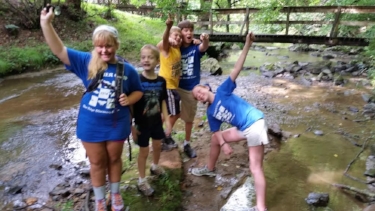
Explorers Adventure Camp II
Campers had a very hot week of outdoor fun! Saddle Creek conditioned the air and provided the kids with several creek related programs and the occasional and unscheduled full immersion.
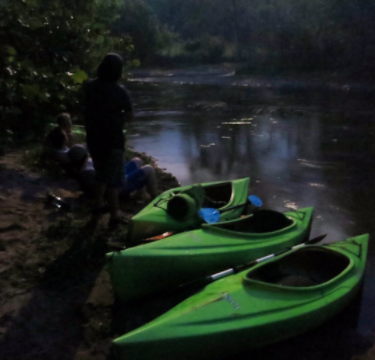
New River Expedition- Summer Fun!
There is no grander journey than pushing off from shore in a boat on a one-way trip to wherever the current carries you! On July 14, intrepid explorers from throughout the region did just that. Launching our kayaks and canoes from the King's Creek access along the South Fork of the New River, we began a four day journey down the currents of the New. With the guides paddling the canoes full of gear, the kids were free to explore the river at their own pace.
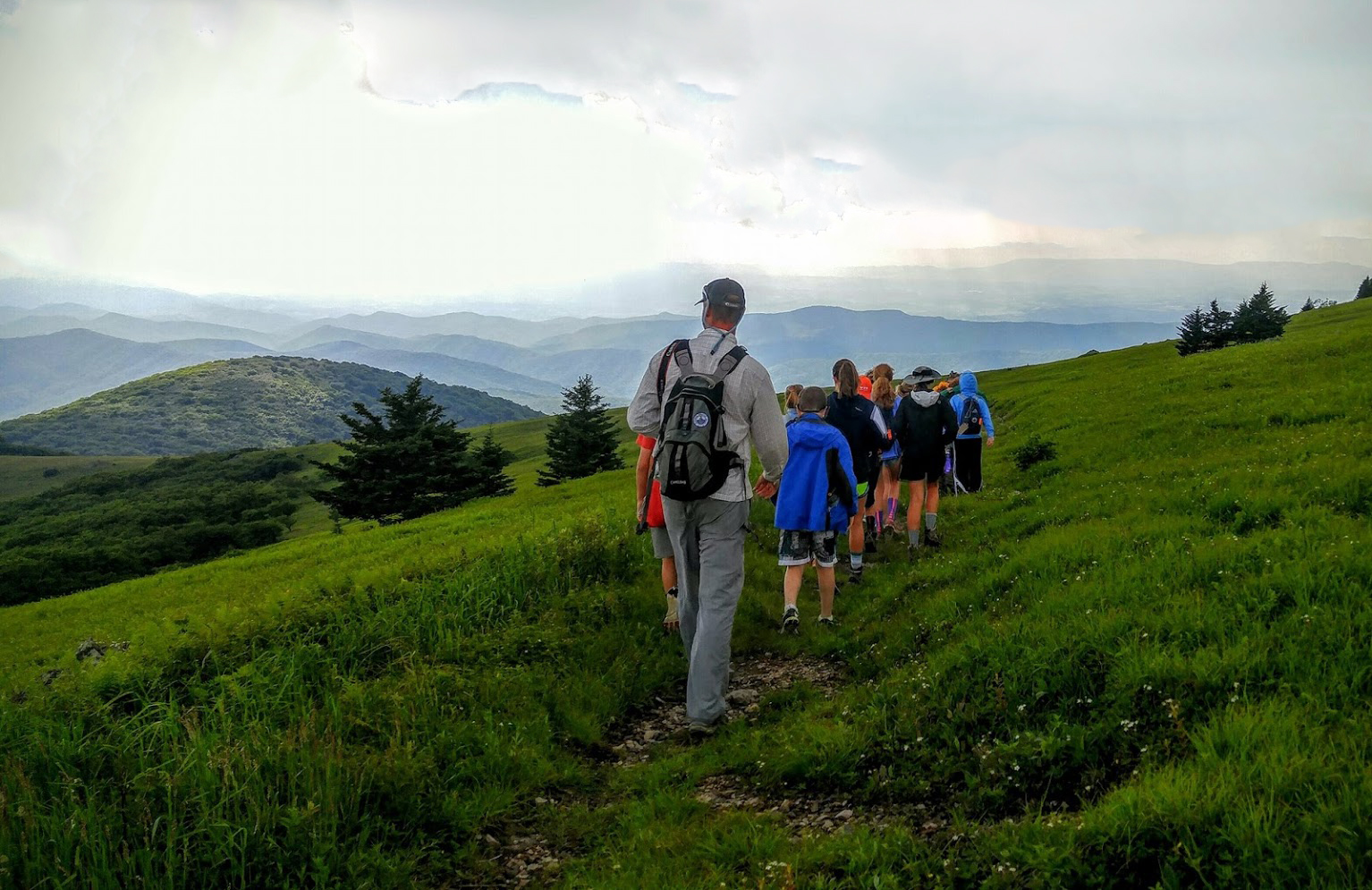
Seeking Scholarship Applicants for Camp
BRDC is seeking applicants for full scholarships ($450 value) to our Mount Rogers Wilderness Camp. The scholarships were provided by The Friends of Mount Rogers National Recreation in support of youth exploration of the Mount Rogers area.